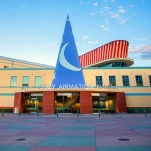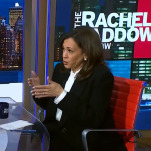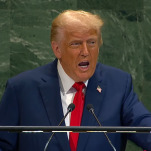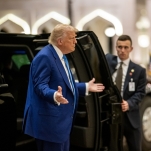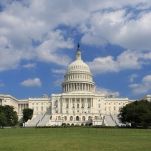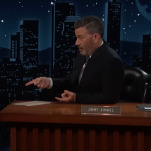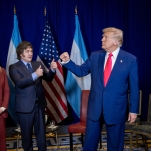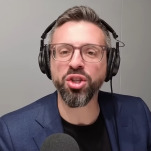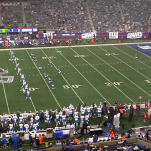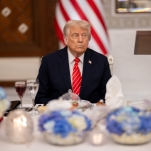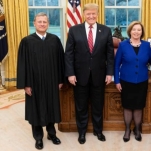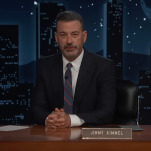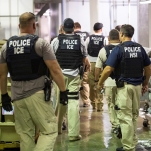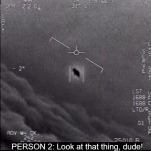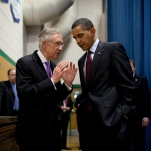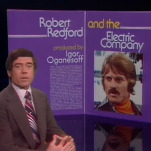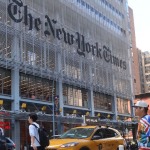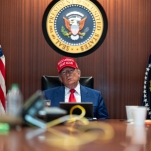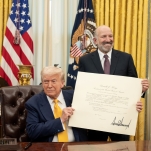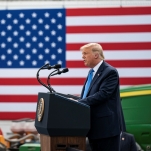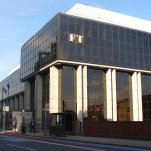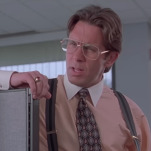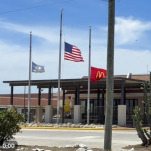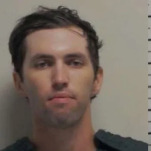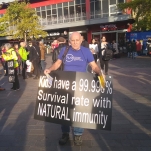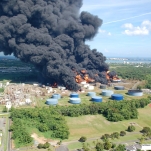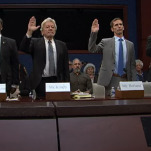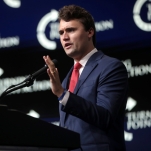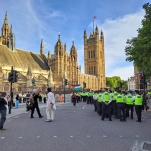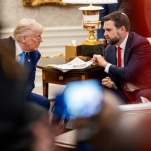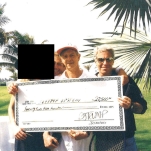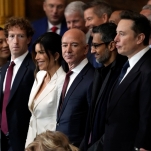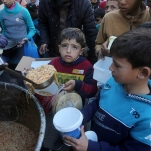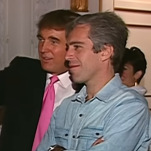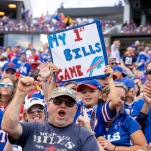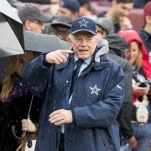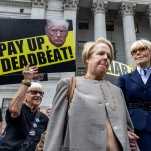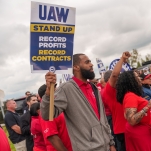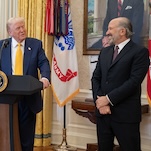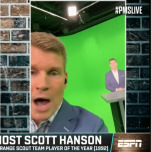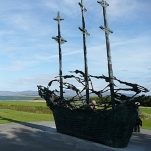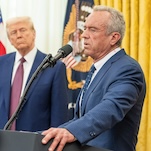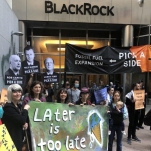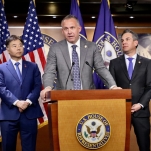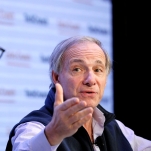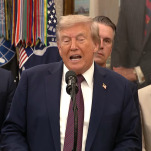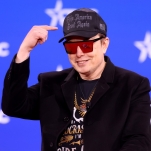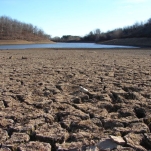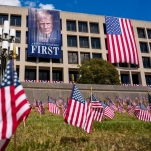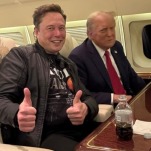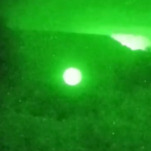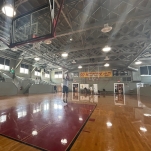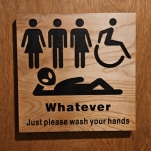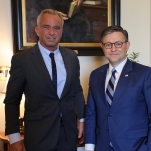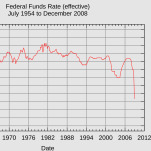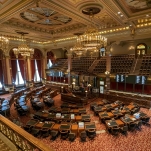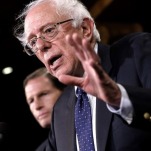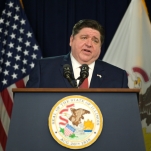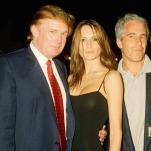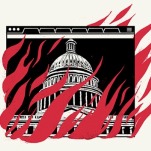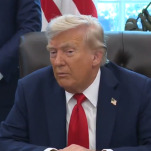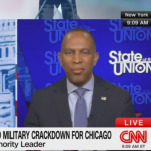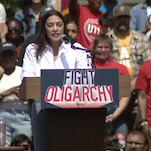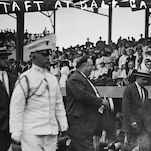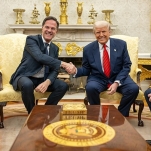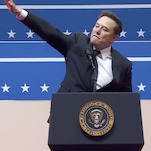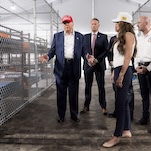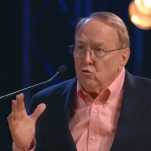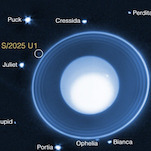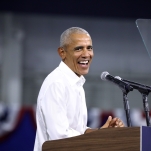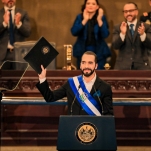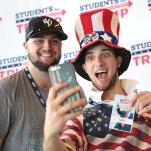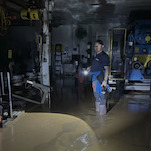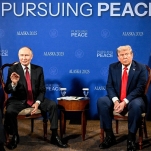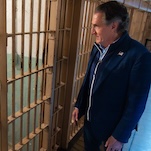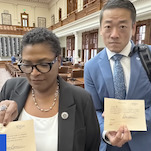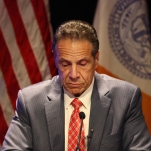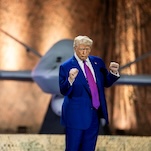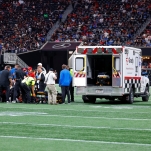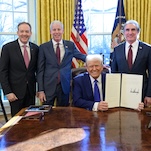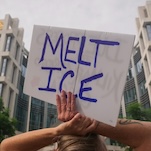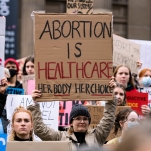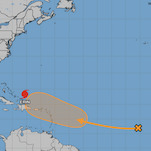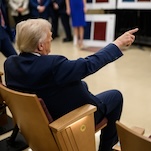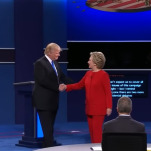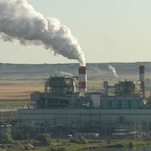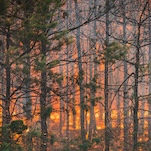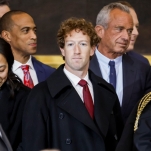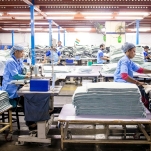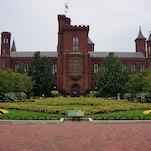Why Obama chose Vegas to make his big move on immigration
Almost two years ago, fresh off a re-election victory and a week removed from his second inauguration, President Obama traveled to Del Sol High School in Las Vegas and kicked off his push for Congress to reform the nation’s immigration laws.
“I’m here today because the time has come for common-sense, comprehensive immigration reform,” Obama told the crowd, emphasizing that differences between the two parties on the issue were “dwindling.”
He never got any results from Congress. But on Friday, Obama will travel back to Del Sol High School – the same place where he kicked off the push two years ago – to rally support around an executive order that will shield millions of undocumented immigrants from the threat of deportation.
It’s a carefully crafted move that strategists consider an important part of what will be a brutal battle with congressional Republicans. One Democratic strategist called it “smart” to go back to the same school in Nevada, as part of reinforcing a narrative that Obama has been pushing for reform for the past two years and more.
Besides the symbolic nature of the setting, Nevada and Las Vegas also make sense for a number of political reasons: Its ever-growing Latino population, the ties of many of its students to undocumented relatives, and the fact that it’s the home state of Senate Majority Leader Harry Reid, who will be facing a potentially perilous re-election campaign in 2016.
“It’s one of the few states that really might swing from election to election at the presidential level. So given its competitiveness and the large Latino population, it’s a natural place for Obama to make his announcement,” said Geoffrey Skelley, an analyst at the University of Virginia Center for Politics.
“Given the strong turnout operation that Harry Reid used in 2010 to surprise the pollsters who had him down relied in part of Latino voters, such a move may also help the soon-to-be Senate minority leader” in his own re-election campaign.
More than 27 percent of Nevada’s population is Hispanic or Latino, the fifth-highest share nationally, according to the Pew Research Center. There are almost 300,000 eligible Hispanic voters in the state, making it the 13th-largest by share nationally in that category. And about 16 percent of Nevada’s eligible voters are Hispanic or Latino, the sixth-largest share in the country.
Latinos were a group that, along with many other demographics, did not show up to vote in the 2014 midterm elections. National exit polling shows the Latino share of the electorate (about 8 percent) was flat compared with 2010 and 2006, despite their share among eligible voters rising about 2.5 percentage points since 2006.
-

-

-

-

-

-

-

-

-

-

-

-

-

-

-

-

-

-

-

-

-

-

-

-

-

-

-

-

-

-

-

-

-

-

-

-

-

-

-

-

-

-

-

-

-

-

-

-

-

-

-

-

-

-

-

-

-

-

-

-

-

-

-

-

-

-

-

-

-

-

-

-

-

-

-

-

-

-

-

-

-

-

-

-

-

-

-

-

-

-

-

-

-

-

-

-

-

-

-

-

-

-

-

-

-

-

-

-


